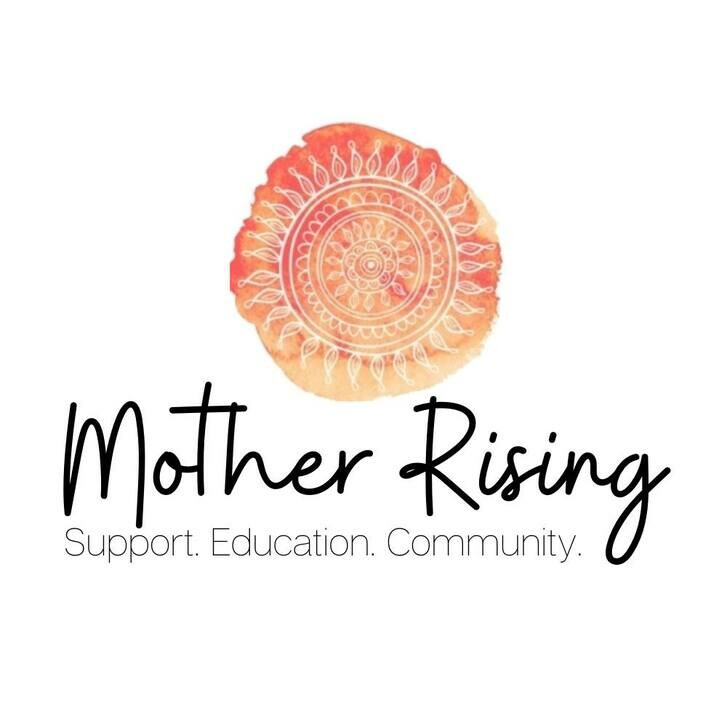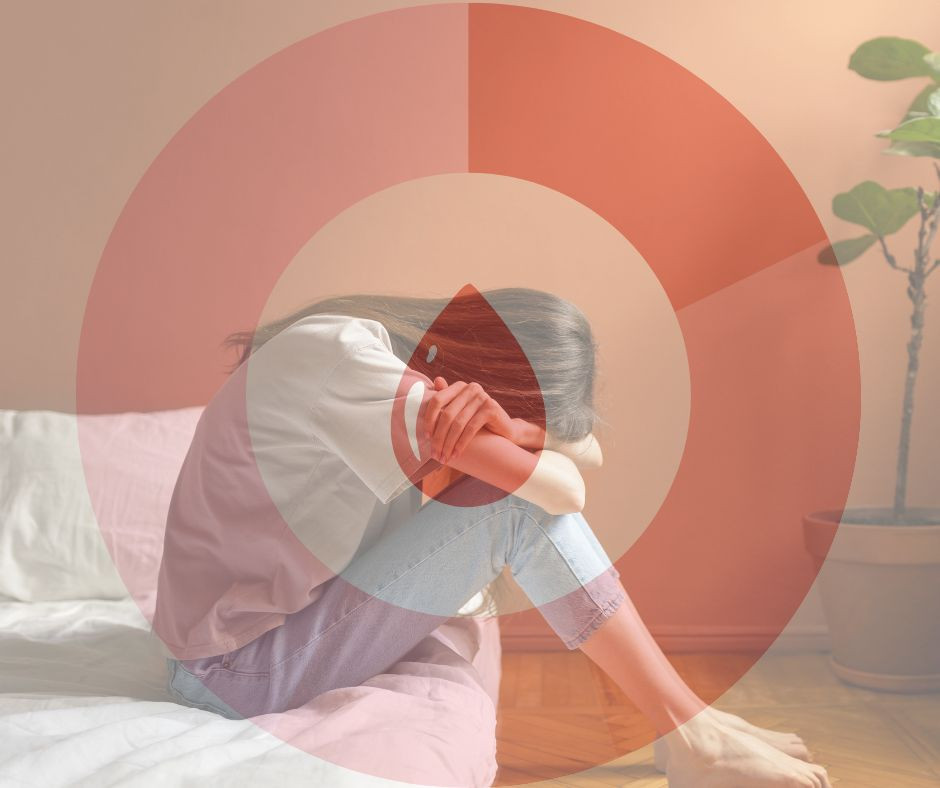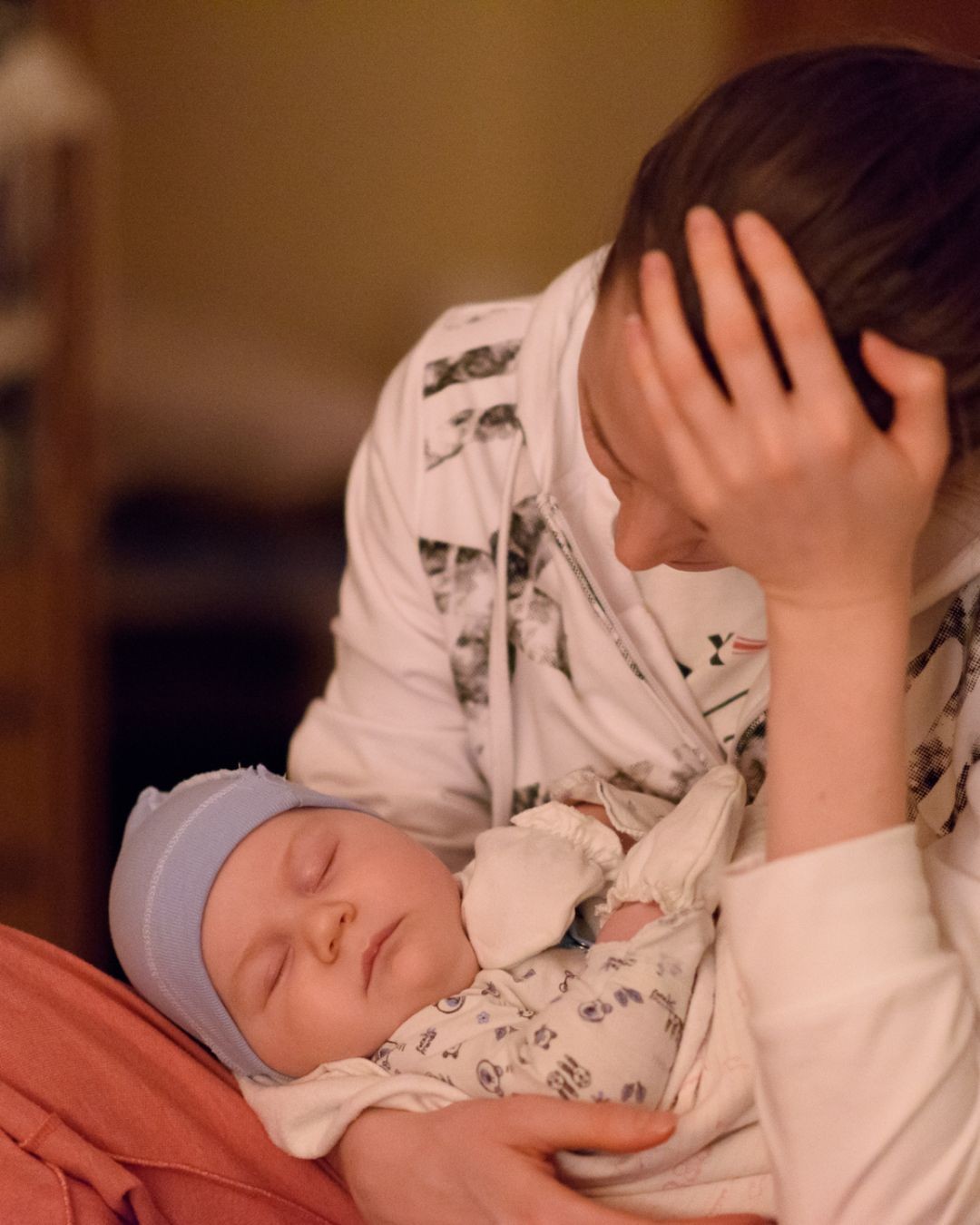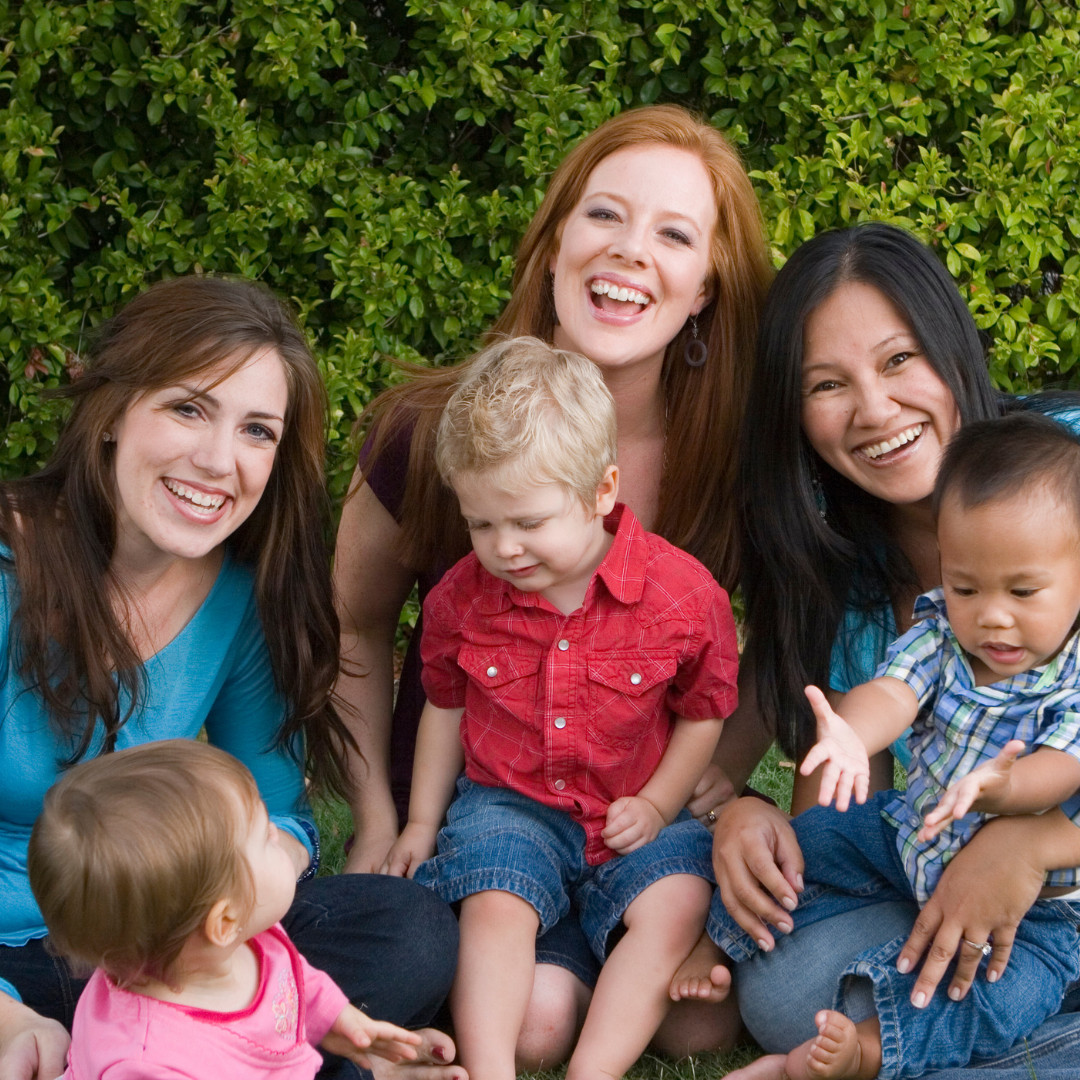
The Emotional Load: Why Women Often Manage Their Partner's Emotions (And How to Break Free)
As women, especially as mothers and wives, we often find ourselves managing not just our emotions, but those of our male partners as well. It’s an exhausting, often unseen labor that goes beyond household chores and responsibilities. Many women feel a constant pressure to navigate their partner’s moods—whether it’s irritation after a long day or anger during a disagreement—in order to keep the peace. This emotional labor isn't just about caring for your partner but can be a way to avoid the discomfort of your own feelings when confronted with conflict or anger.
But why does this happen? To understand this, we need to look at the influence of social constructs, gender roles, and the portrayal of husbands and wives in media and history.
The Weight of Social Constructs
From a young age, many women are conditioned to be caretakers, not only of children but of the emotional well-being of everyone in their circle. Society often teaches us that being a "good wife" or "good mother" means maintaining harmony in the household. This might involve anticipating your partner's needs, avoiding topics that might trigger their irritation, and smoothing over their rough edges so that family life remains calm.
At the same time, boys and men are often socialized to bottle up emotions like sadness, fear, and vulnerability while expressing anger and frustration. This creates a cycle where women feel responsible for soothing their partner's outbursts, believing that it’s their role to act as the emotional gatekeeper.
Gender Roles: The Subtle and Not-So-Subtle Influences
Gender roles have historically placed men in the position of authority and women in the role of nurturer. This dynamic is reflected in our interpersonal relationships, where men might be more likely to externalize frustration, while women internalize and work to "fix" the situation by managing their partner’s emotions.
While society has progressed, these roles are often ingrained at a subconscious level. We see this reinforced in subtle ways—when women are complimented for their patience or emotional intelligence, or when men are excused for emotional outbursts because they "had a hard day." As a result, many women take on the responsibility of avoiding their own discomfort by trying to make sure their partner never feels upset or angry in the first place.
The Role of Television Tropes and Historical Norms
Look at the classic television portrayals of husbands and wives. Think back to the 1950s housewife archetype—picture-perfect, always calm, and perpetually smiling, no matter how irrational her husband's temper. Shows like Leave It to Beaver or The Donna Reed Show gave us a scripted ideal of what women “should” be like: passive, nurturing, and consistently focused on maintaining their husband’s emotional state while denying their own.
Even in more modern sitcoms, we still often see wives as the "voice of reason" who must deal with their husband's grumpiness or cluelessness with a sigh and an eye-roll. These representations can feel harmless or humorous, but they reinforce a narrative that women's primary role in the relationship is to manage the emotional landscape.
These depictions—and the historical norms they stem from—shape how we see ourselves and how we interact with our partners. It’s easy to fall into the trap of believing that if our husband is upset, it’s our responsibility to fix it, even if it means silencing our own needs and emotions.
How This Affects You
Constantly managing someone else’s emotions is exhausting. It can leave you feeling depleted, invisible, and resentful. When we prioritize someone else’s feelings at the expense of our own, we deny ourselves the right to feel fully human. Over time, this can create patterns of imbalance in a relationship, where one person is always the emotional caretaker and the other is allowed to express freely without consideration for the impact it has on their partner.
BREAKING FREE FROM THIS CYCLE
Acknowledge Your Own Feelings: Start by recognizing that your feelings are just as important as your partner’s. You are allowed to feel frustrated, angry, or hurt, and these emotions deserve to be expressed and addressed.
Shift the Responsibility: Let go of the belief that it's your job to keep your partner’s emotions in check. Relationships are a shared space, and both parties are responsible for managing their own feelings.
Communicate Openly: Begin practicing open communication with your partner. Instead of avoiding conflict or trying to soothe their emotions, share how their moods impact you. You might say, “When you’re upset and I feel like I need to fix it, I get overwhelmed.”
Deconstruct, Unlearn, Relearn: This step is crucial for breaking the cycle. Many of us learned these behaviors from watching our parents or from societal expectations. It’s important to deconstruct these old habits, unlearn them, and actively relearn healthier ways of emotional regulation. Learning emotional regulation tools—like pausing before reacting, identifying your own feelings, and creating emotional boundaries—will help you and your partner navigate difficult emotions in a more balanced way.
Emotional Regulation is Key: Practicing emotional regulation tools, such as deep breathing, mindfulness, and self-soothing, allows you to manage your own discomfort and avoid falling into old patterns of over-accommodating your partner’s emotions. By developing these skills, you’ll start to feel more in control of your emotional landscape and won’t feel the need to suppress your feelings to keep the peace.
Modeling for Children: The way you handle emotions and interactions with your partner teaches your children about emotional balance and healthy relationships. By deconstructing harmful patterns and practicing emotional regulation, you’re modeling for your children how to break free from these cycles. When children see their parents handling emotions in a healthy, balanced way, they are more likely to develop those skills themselves. This is a powerful, cycle-breaking act that creates a foundation for healthier relationships in the next generation.
Challenge Gender Norms: Examine how traditional gender roles have shaped your expectations of yourself and your relationship. Talk to your partner about these roles and how you can both create a more balanced, emotionally equitable relationship.
Self-Care Is Key: Prioritize your emotional well-being. Whether it’s through therapy, journaling, or simply setting boundaries, make sure you’re taking care of your emotional needs, too.
By integrating deconstruction, emotional regulation, and modeling for your children, you can create lasting change in your relationship and break generational patterns.
Written by:
Shauna Rich, MSW, LSW
September 2024











0 Comments